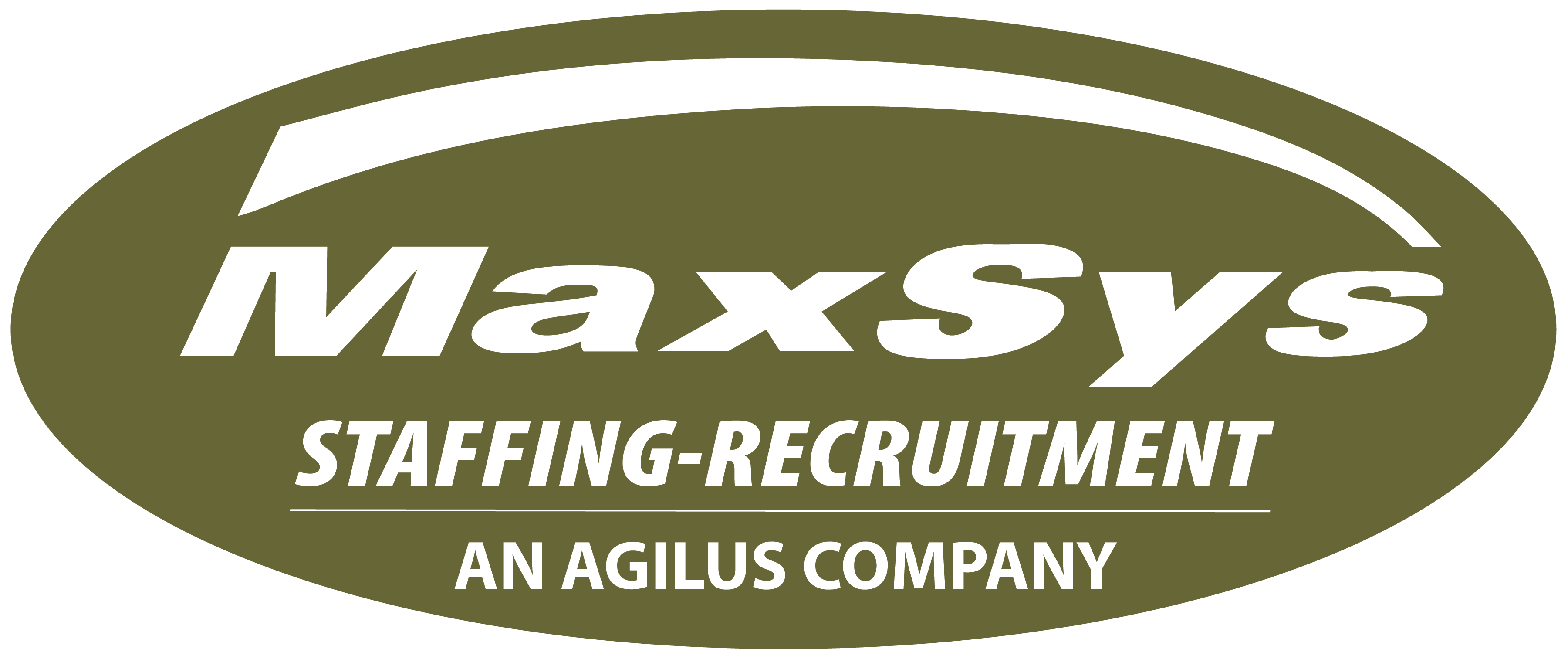June 6, 2023
Organic growth or mergers and acquisitions: Choosing the right growth strategy
A solid growth plan will ensure you choose a strategy that makes sense for your business…
Growing your business: Sometimes, it’s about scaling up and expanding. Other times, it’s about branching out into new markets or developing new products. But in every case, growth is about increasing the value in the business. An increase in value can happen one of two ways: Organically—as a natural unfolding of your business plan—or through a merger or acquisition.
How do you know which growth strategy is right for you?
The first step is getting clear on your goals. The answers to those questions will point toward the right growth strategy.
Organic growth: A natural continuation
Organic growth stems naturally from your established business. You can for example:
- sell more of your current products to existing customers
- develop new markets, generally through geographical expansion
- create new products, it can be as simple as creating a new colour or a new size
Growing organically is still a deliberate act,” he says. You should have a well-thought-out strategy and clear plan to grow in ways that make sense for your business and are in line with your goals.
Mergers and acquisitions: Faster growth, but greater risk
Growth through mergers and acquisition can speed up your time to market with new capabilities or offerings: Instead of developing a product from scratch or reskilling your team, a business acquisition can give you access to those things readymade.
People often think organic growth is cheaper, but sometimes creating a net-new offering yourself can end up being more expensive than acquiring it. Entrepreneurs that go the acquisition route should be prepared, however: Integrating two companies can be complicated and the results in the first few years often don’t meet overly optimistic expectations.
In the end, it’s rarely an either/or question whether to grow organically or inorganically.
It’s a balancing act, you don’t ever want to stop growing organically, but you always want to be ready to seize acquisition opportunities that support your goals.
Organic growth vs. Mergers and acquisitions
| Organic growth | Mergers and acquisitions |
| Usually slower pacedFairly easy to controlDoesn’t typically require much extra upfront investmentsKeeps you focused on your core business | Tends to be a faster way to growCan open up new markets, geographies and industriesCan bring new assets into your portfolio—recognizable brands, intellectual property, key capabilities or talentOften involves transactions that require large amounts of capitalRequires focus on the merger or acquisition itself instead of the core business |
Planning is key
However you intend to grow, you cannot underestimate the importance of having a plan. It should account for the current state of the business and consider the impact of growth on the company.
Creating a growth plan is all about identifying and prioritizing the best opportunities you can take advantage of as quickly as possible. The premise is that a company can’t exploit every opportunity that present itself, so businesses need to prioritize. A good plan will help highlight where and how you may want to think about growing, it forces you to be realistic about your existing systems, processes and capacity. If you see you’re missing a critical capability, then you have to ask: Should we develop it in-house or gain it quickly through an acquisition?
While planning is important, it’s important to stay flexible.
You can never rest on your laurels, you need to know what’s going on that could threaten your business and adjust your plan accordingly so you don’t get caught in a bubble or left behind as your industry evolves. Finally, you shouldn’t make growth decisions alone. Surrounding yourself with trusted advisors you can call on for support and provide additional perspectives to help steer you in the right direction.


